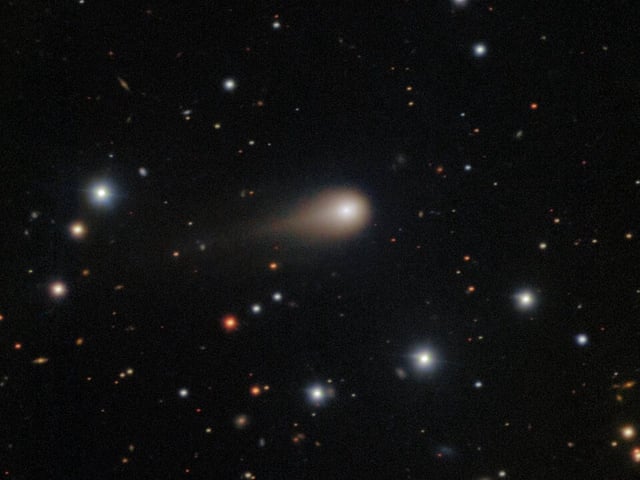Overview
- ESA’s ExoMars Trace Gas Orbiter and NASA’s Perseverance obtained the nearest images to date around the Oct. 3 Mars close pass, revealing a distinct coma but no resolved nucleus and no tail in TGO frames.
- NASA’s Swift observatory detected hydroxyl in ultraviolet light, indicating roughly 40 kilograms of water per second venting when the object was about 2.9 AU from the Sun.
- Major agencies describe 3I/ATLAS as a likely natural comet and say it poses no danger, with its trajectory keeping it at least about 170 million miles from Earth.
- Harvard’s Avi Loeb publicized a higher mass estimate (over 33 billion tons) and a 30–40% probability of a non‑natural origin, claims that remain disputed by many researchers and are not agency consensus.
- Key observing windows approach: perihelion is late October, ESA’s JUICE will monitor the object in November, and additional spacecraft campaigns near Jupiter are planned for March 2026.



